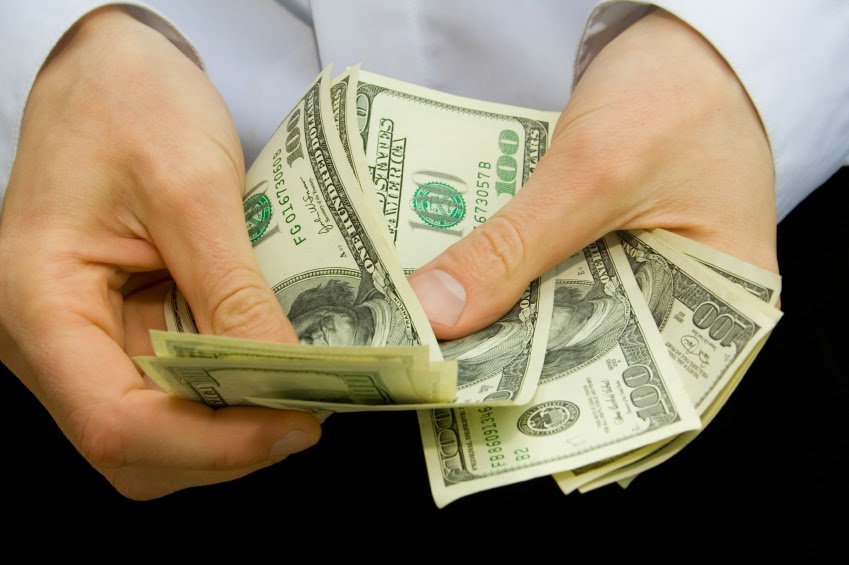Self-publishing and traditional publishing are both
viable publishing methods. Each has its own function and should hardly be
compared. However, I am daring to make a comparison to encourage those of you
who have niche ideas to go ahead and publish your books. Though a traditional
publisher will not be able to sell to a select few, you can. Your audience will
appreciate your efforts.
You can probably think of many great reasons to
self-publish. As you make your list of pros, many opportunities might come to
mind. I've developed a list of reasons myself.
I love self-publishing and the do it yourself method is so far the most
exiting way to get my books to those who need it. My list has included the
benefits of controlling creativity and marketing your way and where it counts.
The third reason I love self-publishing is that I am publisher and I receive
all the money, minus expenses of course.
Money, Money, Money-Self publishers earn all the profit.
Set your price, pay the distributor and keep the rest. As publisher, your costs
can be as little as $100.00 to set up each title and about $5.00 for each book
sold. This setup fee is required when using a supplier like Lightning Source.
You can also use CreateSpace and pay less. However, after customers order your
books, the book printer and distributor pays the author for the sale minus the
print costs and any discounts authorized. If you order the books yourself, you
will also be responsible for taxes and shipping.
I have signed contracts with other publishing companies
that have paid 8% royalty. One publisher offered 2% royalty. Either way, work
hard, write a book, earn a few bucks based on the sale price. This formula
works with selling hundreds of thousands of copies. However with niche
publishing, the few hundred to a thousand copies that you will likely sell,
will pay very well. Consider a $25.00 book. With the self-publishing model, you
work hard, write a book and keep about $12.00 after expenses and discounts. With
another publisher, that could be as little as $1.44 depending on royalty and
final sale price.
Self-publishers and traditional publishers should not be
compared. Each serves a function. But, when the author is at the helm as a
publisher they get to benefit the same way traditional publishers do. One of
those ways is profit. Be sure to price your book fairly, set up a good discount
for stores, and manage expenses.
Jeffrey W. Bennett, ISP is the owner of Red Bike Publishing. Jeff is an accomplished writer of non-fiction books, novels and periodicals. He also owns Red bike Publishing. Published books include: "Get Rich in a Niche-Insider's Guide to Self Publishing in a Specialized Industry" and "Commitment-A Novel". Jeff is an expert in security and has written many security books including: "Insider's Guide to Security Clearances" and "DoD Security Clearances and Contracts Guidebook". See Red Bike Publishing for print copies of: Army Leadership The Ranger Handbook The Army Physical Readiness Manual Drill and Ceremonies The ITAR The NISPOM

Comments
Post a Comment